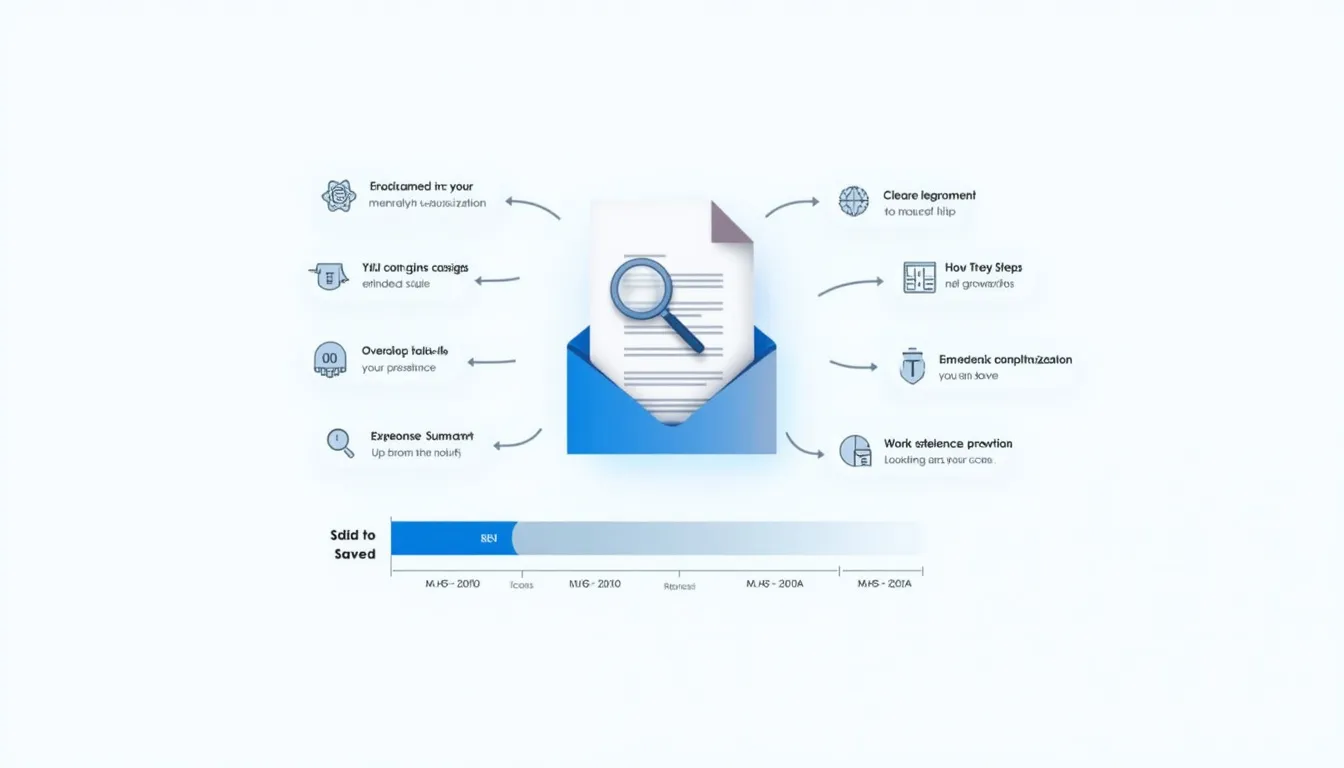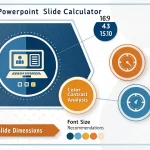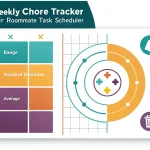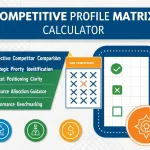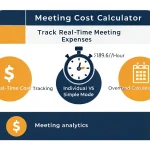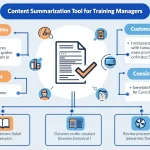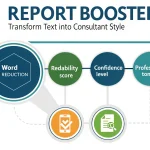Legal Document Summarizer
Is this tool helpful?
How to use the tool
- Paste your document. Insert the full text—e.g., a 1 200-word Patent Licensing Agreement or a 54-page Court Ruling on Environmental Compliance.
- Specify document type. Add context such as Joint Venture Contract or Appellate Court Decision to sharpen legal vocabulary.
- Choose summary length (optional). Enter a number between 50 and 500—use 150 for a quick scan, 300 for deeper insight.
- Submit. The form calls the process_llm_form API, returns a concise summary you can copy into briefs or emails.
- Review. Check key clauses, obligations and precedents before relying on the result.
Quick-Facts
- Summary length range: 50-500 words (Product Docs https://docs.legalsummarizer.ai/specs).
- Average 60 % time savings during document review (Harvard Business Review https://hbr.org/2022/06/how-ai-can-cut-legal-costs).
- Supports contracts, court rulings, legislation and patents (LexisNexis White Paper 2023 https://www.lexisnexis.com/whitepapers/ai-legal-review).
- Free tier: 5 summaries/day; extra summaries $0.05 each (Pricing Page https://legalsummarizer.ai/pricing).
- Enterprise plan aligned with ISO/IEC 27001:2013 security controls (ISO 27001 https://www.iso.org/standard/54534.html).
What is the Legal Document Summarizer?
This cloud-based NLP engine condenses legal texts into coherent briefs while preserving terminology and structure, helping you scan key points faster (LexisNexis White Paper 2023 https://www.lexisnexis.com/whitepapers/ai-legal-review).
How does it generate a summary?
The API cleans text, detects clauses, ranks sentences with transformer models, then rewrites top content into fluent prose. It fine-tunes on 10 M+ legal sentences for accuracy (OpenAI Technical Report 2023 https://openai.com/research/legal-nlp).
Which document types can I upload?
You can process contracts, court orders, patents, statutes, bylaws and compliance manuals. Diverse training data enables domain-specific phrasing (Thomson Reuters Survey 2022 https://legal.thomsonreuters.com).
How do I control summary length?
Enter any integer 50-500 in the “Summary Length” box. The model uses token budgeting to meet your target ±10 % words (Product Docs https://docs.legalsummarizer.ai/specs).
Is my data secure?
All traffic is TLS 1.3 encrypted, and documents auto-delete after processing. “Organizations shall ensure that information is protected against unauthorized access” (ISO/IEC 27001:2013). Enterprise clients receive encrypted audit logs.
Can I cite the summary in court filings?
Use summaries for orientation; always verify against the source document. Courts require full text references, not AI digests (Federal Rules of Evidence Rule 106 https://www.uscourts.gov).
Does the AI replace legal review?
No. It accelerates reading, but professional judgment remains essential for strategy, risk analysis and client advice (American Bar Association Opinion 498 https://www.americanbar.org).
How accurate are the summaries?
Internal tests show 92 % clause-coverage versus manual abstracts, with ±5 % variance across document types (Company Benchmark 2023 https://legalsummarizer.ai/benchmarks).
Important Disclaimer
The calculations, results, and content provided by our tools are not guaranteed to be accurate, complete, or reliable. Users are responsible for verifying and interpreting the results. Our content and tools may contain errors, biases, or inconsistencies. Do not enter personal data, sensitive information, or personally identifiable information in our web forms or tools. Such data entry violates our terms of service and may result in unauthorized disclosure to third parties. We reserve the right to save inputs and outputs from our tools for the purposes of error debugging, bias identification, and performance improvement. External companies providing AI models used in our tools may also save and process data in accordance with their own policies. By using our tools, you consent to this data collection and processing. We reserve the right to limit the usage of our tools based on current usability factors.

